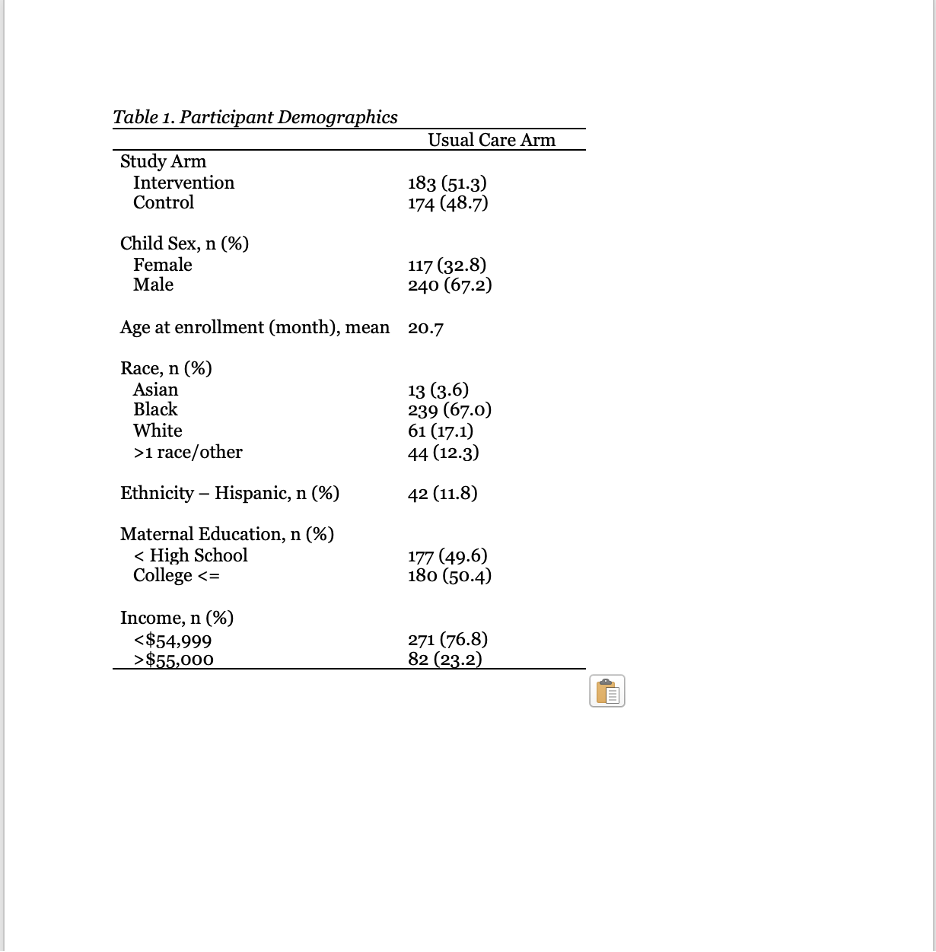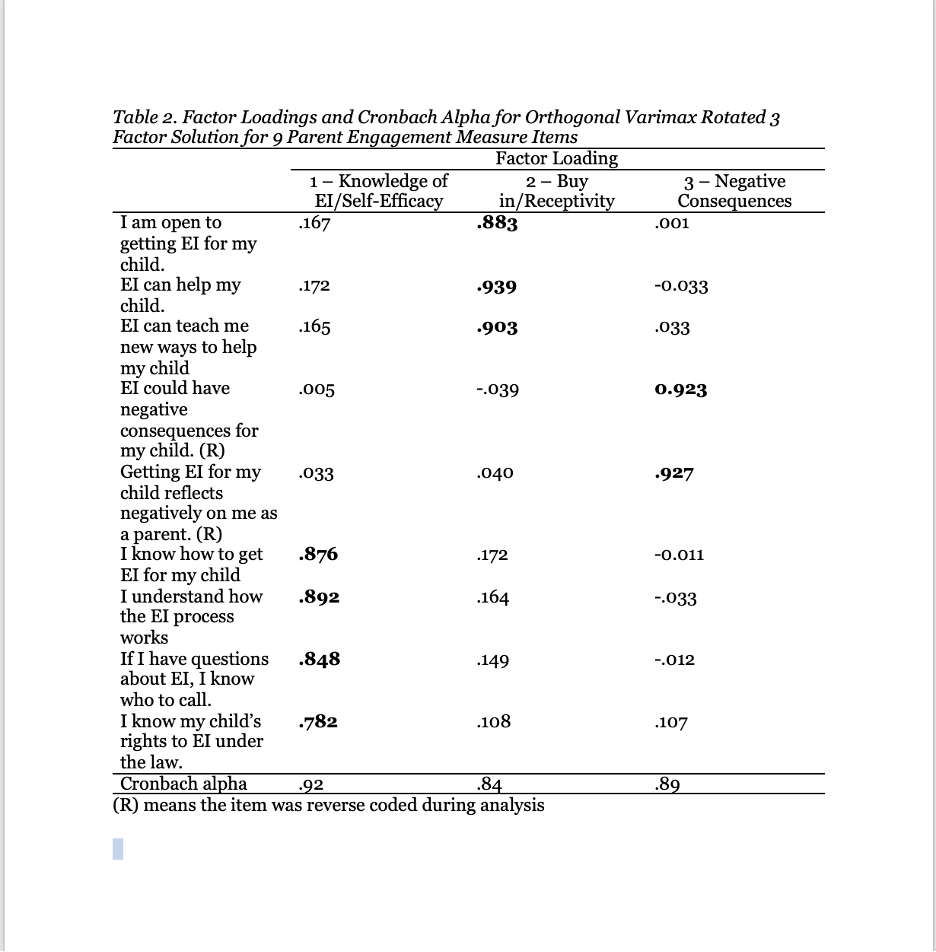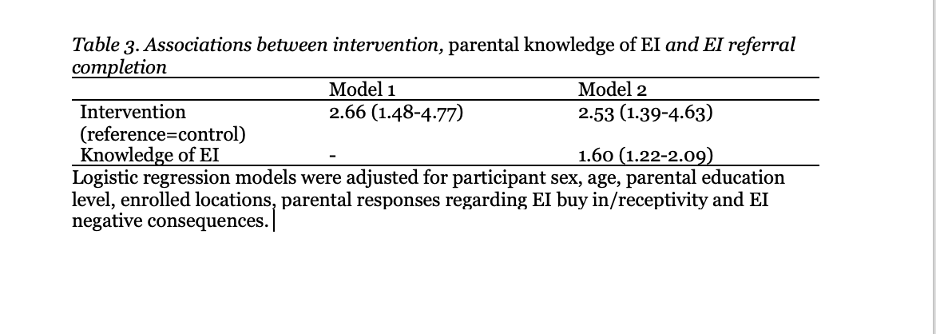General Pediatrics 3
Session: General Pediatrics 3
214 - Does Parent Engagement Lead to Greater Early Intervention Referral Completion among Poor Minority Children?
Sunday, April 27, 2025
8:30am - 10:45am HST
Publication Number: 214.4918
James Guevara, Childrens Hospital of Philadelphia, Philadelphia, PA, United States; Ellie Segan, Children's Hospital of Philadelphia, Philadelphia, PA, United States; Jungwon Min, Children's hospital of Philadelphia, Philadelphia, PA, United States; Katherine B. Bevans, Johnson & Johnson Innovative Medicine, Philadelphia, PA, United States; Knashawn Morales, Perelman School of Medicine at the University of Pennsylvania, Philadelphia, PA, United States
- JG
James Guevara, MD, MPH (he/him/his)
Professor of Pediatrics
Childrens Hospital of Philadelphia
Philadelphia, Pennsylvania, United States
Presenting Author(s)
Background: Racial and socioeconomic disparities in access to early intervention (EI) services among young children disproportionally places them at risk for ongoing delays in development. While numerous challenges to services have been documented in these populations, it is unclear whether parental engagement is associated with EI services initiation.
Objective: To develop a novel measure of parent engagement in Part C EI services and assess its association with EI services access among predominantly low-income minority caregivers.
Design/Methods: We adapted the Client Engagement in Child Protective Services (CECPS), a measure of engagement in child welfare, for use with EI services through a review of the literature and 15 cognitive interviews with parents of young children with developmental delays. Caregivers whose children were referred to Part C EI and were participating in a large randomized controlled trial of family navigation completed the adapted measure at 3 months following enrollment. We obtained EI referral completion data from the local county EI agency. We conducted an exploratory factor analysis and assessed the psychometric properties of the measure. We conducted a causal mediation analysis of parental engagement on the association between intervention arm and EI referral completion.
Results: The adapted EI engagement measure contained 9 items with a 5-point Likert scaled response category. Higher scores indicated greater parental engagement. 322 caregivers completed the engagement measure at the 3-month follow-up and had available data on EI referral completion. Caregivers were predominantly African American with family incomes <$55,000 (Table 1). Exploratory factor analysis demonstrated best fit with a 3-factor model (Table 2) with item factor loadings >0.75 for each factor and good internal consistency. Parental knowledge of EI mediated 11.2% of the total effect of the intervention on EI referral completion (Table 3).
Conclusion(s): A novel 3-factor measure of parent EI engagement in EI was found to be valid, reliable, and partially mediated the effect of family navigation on EI referral completion. Future interventions that target caregiver knowledge and self-efficacy may improve follow-through on EI referrals among poor minority children and potentially reduce disparities.
Table 1. Participant Demographics

Table 2. Factor Loadings and Cronbach Alpha f0r Orthogonal Varimax Rotated 3 Factor Solution for 9 Parent Engagement Measure Items

Table 3. Associations between intervention, parental knowledge of EI and EI referral completion


